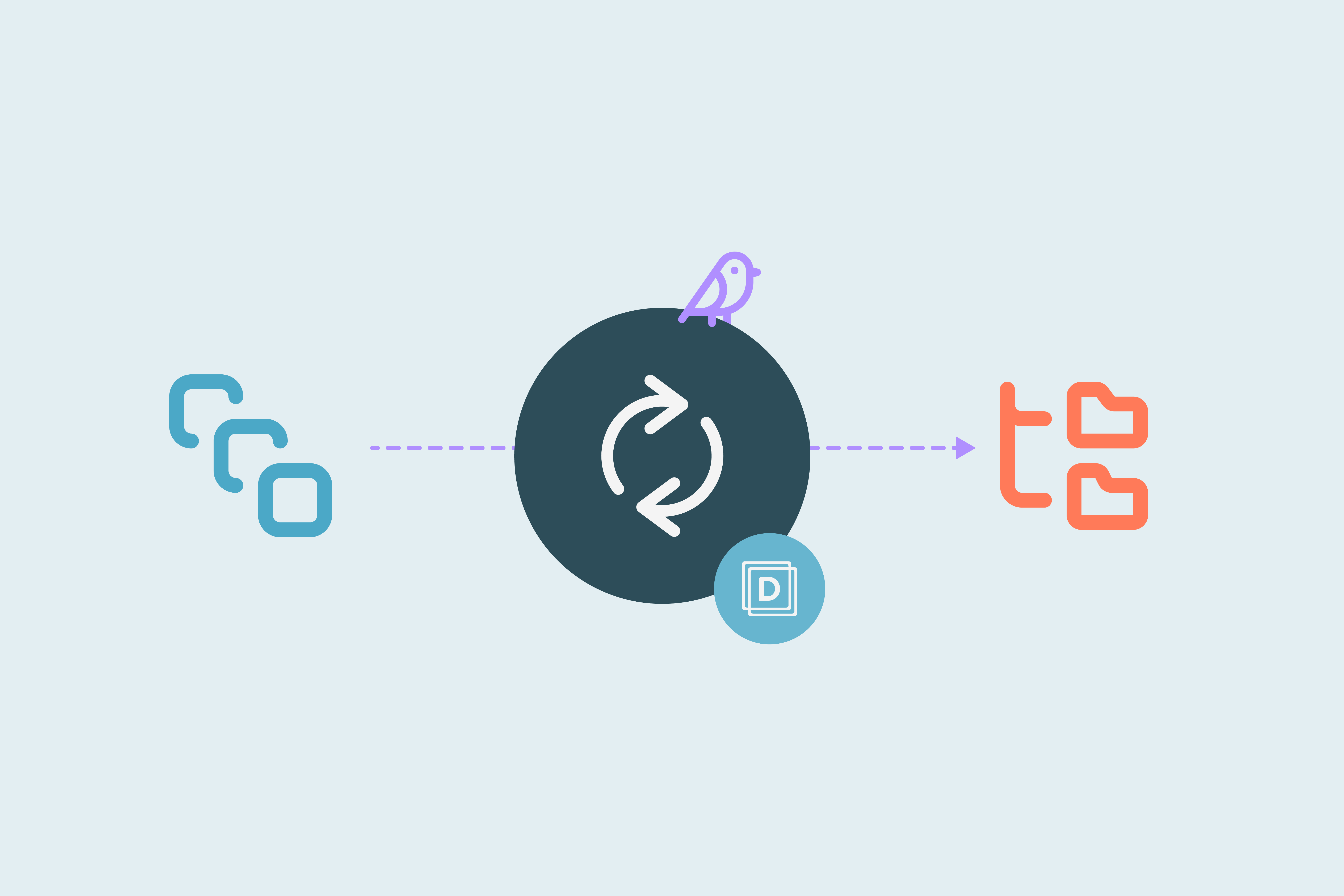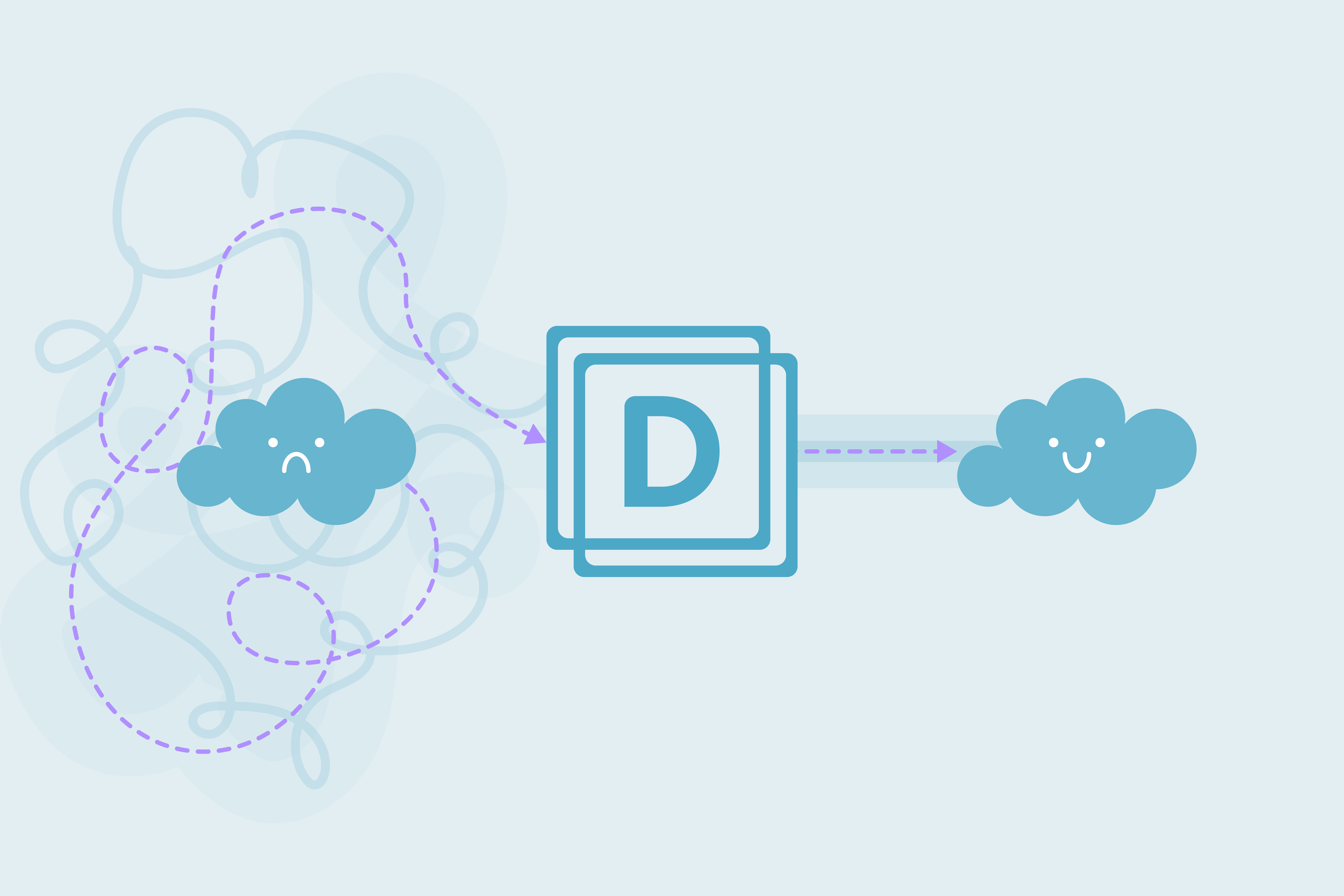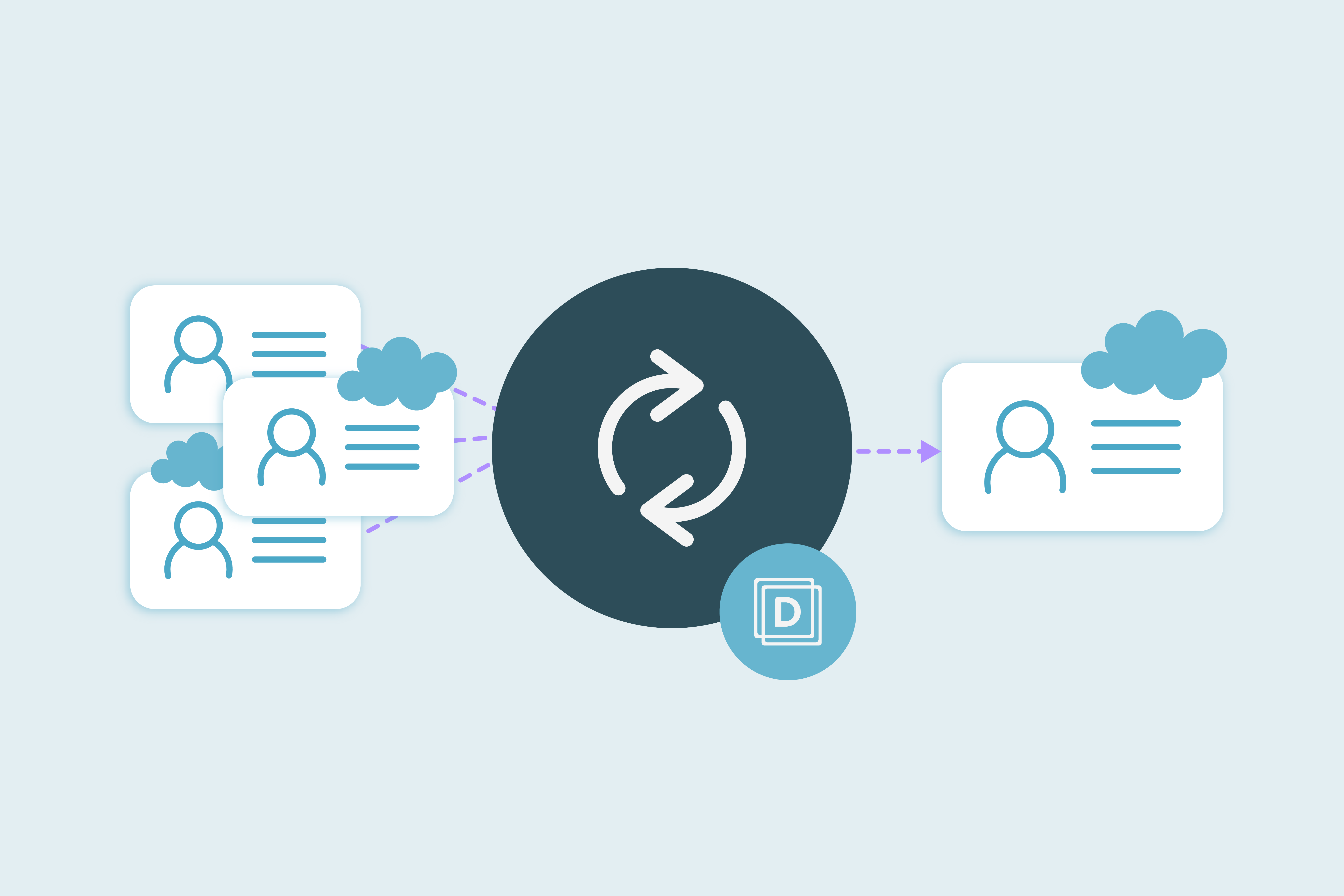Combina duplicados en bulk en Salesforce usando Dedupely
Bulk merge en Dedupely te permite limpiar registros de Salesforce a gran escala sin perder control.

Salesforce ofrece sólidas capacidades nativas para encontrar y combinar duplicados, especialmente en limpiezas dirigidas registro por registro, donde la precisión es crítica.
Para escenarios de gran volumen, esas herramientas nativas están diseñadas para mantener los merges deliberados y controlados. Eso es ideal para lotes pequeños, pero cuando se manejan cientos o miles de coincidencias, puede tomar demasiado tiempo revisar cada grupo individualmente.
El merge en bulk es ideal para situaciones como:
- Grandes listas de Leads o Contacts que acaban de importarse
- Datos que se están preparando para campañas en Pardot o Marketing Cloud
- Registros que necesitan revisión antes de una sincronización de plataforma o migración de datos
- Limpiezas regulares como parte del mantenimiento continuo del CRM
En estos casos, Dedupely trabaja junto a Salesforce, manteniendo el mismo proceso deliberado de revisión pero permitiendo combinar grandes volúmenes de duplicados en un solo clic.
Recurso gratuito: Plan de limpieza de datos heredados en Salesforce con Dedupely
Este archivo descargable incluye un plan por fases para abordar datos heredados en Salesforce, con pasos específicos para ejecutar merges en bulk con confianza y compartir los resultados con tus stakeholders.
Cómo funciona el bulk merge de Dedupely para registros de Salesforce
La combinación en bulk en Dedupely te permite combinar cientos o miles de duplicados en Salesforce en una sola acción, sin abrir cada grupo de coincidencias individualmente.
Los registros se asocian con base en lo que definas como duplicado mediante un Search Pad: una búsqueda guardada de duplicados que define el objeto de Salesforce, campos, tipo de match y filtros a aplicar.
Así funciona el proceso de bulk merge:
- Ejecuta tu Search Pad: Aplica tus opciones de match y filtros guardados para encontrar duplicados en Salesforce.
- Revisa los duplicados: Cada grupo de duplicados se muestra lado a lado.
- Selecciona los duplicados que quieras combinar.
- Haz clic en Merge: Solo se combinarán los grupos seleccionados en tu vista actual.
Nota: puedes omitir coincidencias dudosas dejándolas sin seleccionar; permanecerán en Salesforce sin cambios.
Usar filtros antes de un bulk merge en Salesforce
Los filtros ayudan a evitar registros que requieren revisión manual.
Filtros comunes en Salesforce:
- Record Owner: Excluye registros de ciertos equipos o usuarios.
- Created Date: Omite registros creados recientemente (ej. últimos 7 días).
- Lead Status: Limita merges a estatus como “Open – Not Contacted”.
- Opportunity Stage: Excluye Accounts o Contacts vinculados a Oportunidades activas.
- Campaign Member Status: Evita combinar Campaign Members activos antes de un envío.
- Record Type: Ejecuta merges por separado para Leads, Contacts y Accounts.
Ejemplos de filtros prácticos que puedes aplicar en Dedupely:
- Excluir registros incompletos: Útil para enfocarte en registros con info de contacto vacía pero suficiente data de empresa.
- Field: Phone Number → is blank
- Field: Company Name → is not blank
- Enfocarse en una ubicación específica: Útil para equipos regionales limpiando datos de su territorio.
- Field: Country/Region → equals United States
- Field: State/Region → equals California
- Eliminar registros de importaciones recientes: Asegura que los registros nuevos no se combinen antes de validarlos.
- Field: Create Date → longer than 30 days
- Combinar por nombre de empresa + teléfono: Fuerte para detectar duplicados obvios que comparten ambos.
- Field: Company Name → equals
- Field: Phone Number → equals
Qué combinar en bulk y qué evitar
La mejor práctica en combinaciones en bulk es empezar con duplicados obvios y evitar aquellos que puedan impactar flujos activos.
Buenos candidatos para bulk merge:
- Leads con Email y Company Name idénticos
- Match: Email + Company Name: Exact match
- Filter: excluir Leads creados en los últimos 14 días
- Contacts con First Name, Last Name y Email idénticos, sin Oportunidades relacionadas
- Match: First Name + Last Name + Email: Exact match
- Filter: Opportunity Stage → sin etapas activas; excluir registros modificados recientemente
- Accounts con Website Domain idéntico y sin pipeline abierto
- Match: Company Name: Exact match + Email: Domain Root match
- Filter: Opportunity Stage → solo Closed Won/Lost
- Form fills antiguos sin Tasks o Events
- Match: Email: Exact match
- Filter: Created Date → más de 90 días; Activity Count → Is blank
Evita bulk merge cuando:
- Los registros estén ligados a Oportunidades en etapas activas.
- Se trate de registros modificados recientemente.
- Sean registros propiedad de otros equipos activos (ej. Soporte en medio de un caso).
Tres flujos de bulk merge específicos de Salesforce
1. Preparación de campañas
Antes de añadir Leads a Pardot o Marketing Cloud, ejecuta un bulk merge para evitar enviar múltiples correos a la misma persona.
- Object: Lead
- Match type: Exact match en Email
- Email es el campo más confiable para identificar al mismo individuo entre varias fuentes
- Excluir Leads ya marcados como Responded en Campaign Member Status
2. Deduplicación antes de sincronizar
Antes de sincronizar Accounts con Outreach, Salesloft u otra plataforma, combina duplicados para que los reps no llamen dos veces a la misma empresa.
- Object: Account
- Match type: Domain Root match en Website
- Domain Root unifica Accounts con el mismo dominio raíz aunque tengan diferentes extensiones (.com, .net)
- Asegúrate de que no haya Oportunidades abiertas en los duplicados
3. Mantenimiento mensual
Mantén la higiene de datos y evita limpiezas disruptivas con merges en bulk recurrentes.
- Objects: Lead, Contact, Account
- Match type:
- Leads/Contacts: Exact match en Email
- Accounts: Domain Root match en Website
- Ejecuta cada objeto por separado para no mezclar tipos de registros
- Revisa primero los registros más antiguos para reducir riesgos
La deduplicación en Salesforce es un proceso continuo. El bulk merge con Dedupely permite deduplicar rápido y de forma controlada, usando opciones de match basadas en campos y revisión visual.
Empieza con un Search Pad y filtros personalizados, combina duplicados, revisa resultados y escala el proceso. Este enfoque garantiza velocidad sin comprometer la integridad de tus datos críticos en Salesforce.
Contáctanos
Estamos listos para ayudarte a configurar Dedupely.
Escríbenos un correo
Probablemente ya sepamos la respuesta a tu pregunta 🙂
Agenda un Zoom
Ya sea que apenas estés empezando o ya estés metido hasta el fondo, contáctanos.
Descubre publicaciones de blog relacionadas
Mantente actualizado con nuestros últimos artículos e información.
























